|
Big Lakes Box Company |
|
|
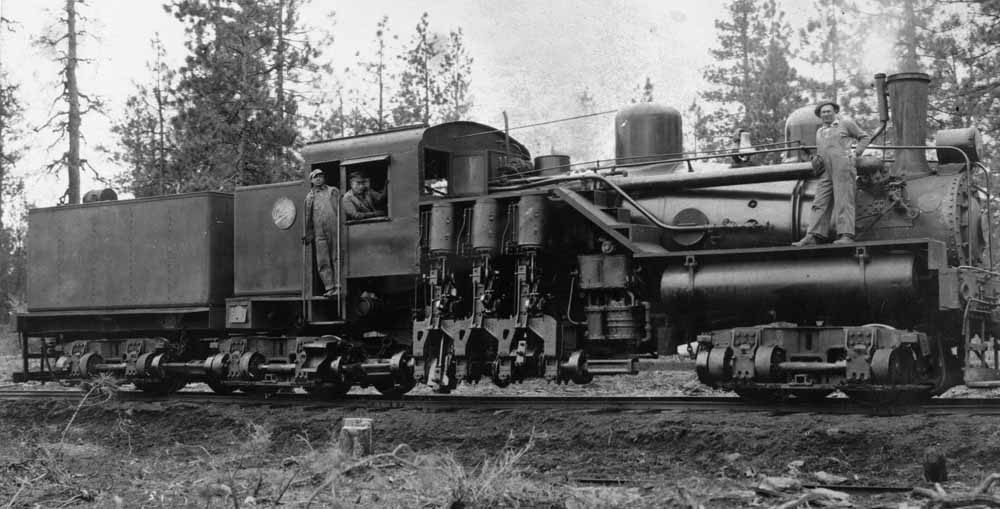 |
|
Big Lakes Box #104, probably being delivered to the operation. Joe Loverich is in the locomotive doorway, and "Huck" in the cab was a Willamette
salesman. Jeff Moore collection.
|
|
|
|
History The Oregon-California Box Company, later renamed Big Lakes Box Company, opened a box plant in Klamath Falls in 1917. The owners added a sawmill next to the box factory in 1920. Big Lakes originally sourced logs from all over southern Oregon and northern California, mostly purchased from third party sources or logged by contractors and then shipped to Klamath Falls by rail over either the Southern Pacific or Oregon, California & Eastern. The situation changed in 1925 when the company acquired the Trout Creek unit of timber on the Klamath Indian Reservation. The unit had originally been sold the prior year to some timbermen out of Spokane, Washington, who had been unable to start operations within the year the contract allocated, and Big Lakes stood ready to pick up the pieces. Big Lake decided to log the timber themselves, a first in the company's history. Big Lakes officials made rapid visits to several operations around the region to learn what they could about the logging side of the industry and then started putting together what they would need for the venture, including track materials, building structures for logging camps, and making other logistical arrangements. Additional acquisitions included six Caterpillar tractors to handle the logging, a McGiffert loader, and a brand new Willamette gear drive steam locomotive. The logging railroad the company built into its timber connected with the Oregon, California & Eastern at Squaw Valley, the first part of which the company built in conjunction with the Shaw-Bertram Lumber Company. Logging operations started in 1926 and lasted until 1937, though that time range included the Depression years when the operation shut down for varying lengths of time on account of the economic conditions. Operations in Oregon ended in 1937, at which time Big Lakes salvaged the railroad and shipped the rails and the locomotive to Canby, California, where they had just taken over an operation there. The McGiffert loader was one exception, as Big Lakes sold it to another Klamath Basin operation. Big Lakes operations at Canby lasted until 1942, when the company sold that operation, but the Klamath Falls mill continued running on logs trucked to it from other sales in the area until the mill closed for good in 1947. |
|
|
Maps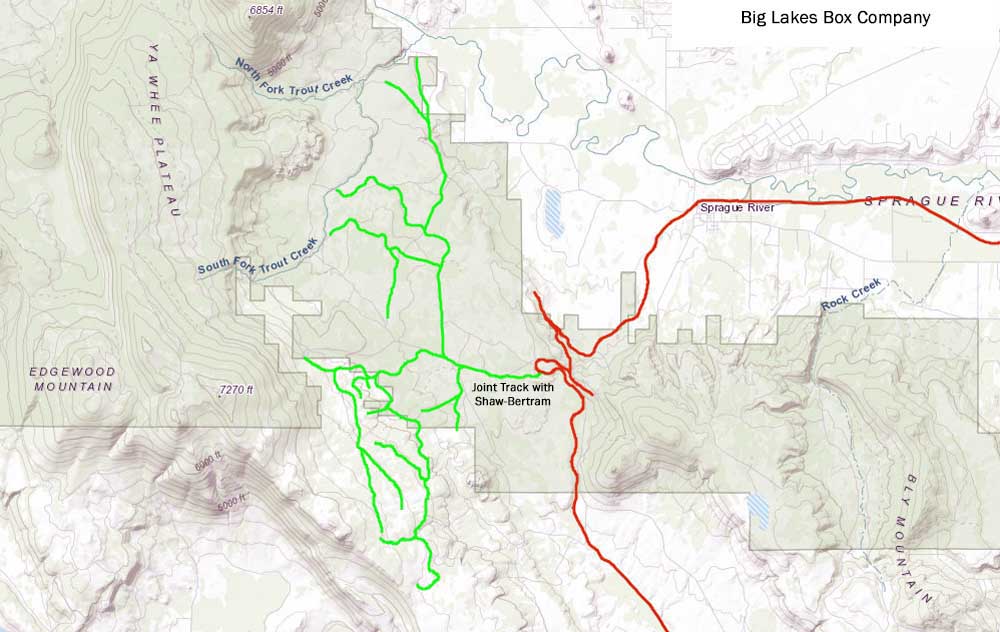 |
|
Map of the Big Lakes Box Company logging railroad.
|
|
|
|
Locomotive Roster
104- Willamette 3-truck, c/n 23, Built 1926. Cylinders 12x15, Drivers 36", Boiler Pressure 200 lbs., Tractive Effort 31,968 lbs., Weight 74 Tons. Purchased new. Transferred to Canby, California, in 1937; to Ralph L. Smith Lumber Company 1943; Scrapped at Canby 1949. |
|
|
|
Photos |
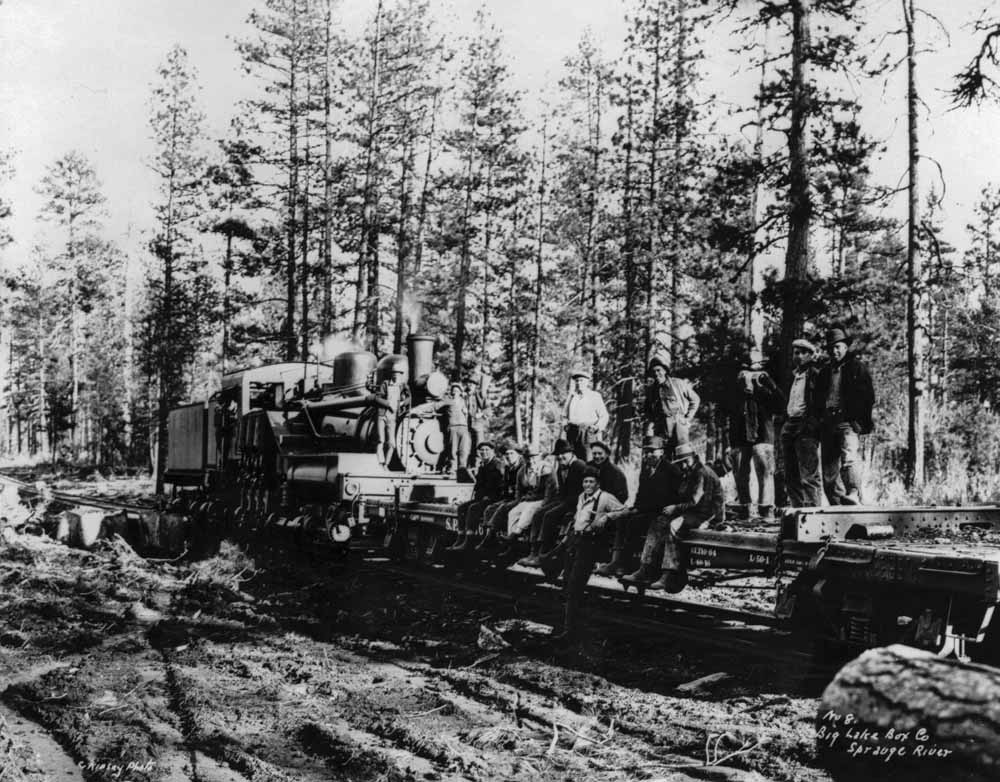 |
|
Big Lakes Box #104 in the woods. Clark Kinsey photo, John T. Labbe Collection of Logging and Railroad Photographs, 1892-2010, Washington State Archives,
Digital Archives, http://www.digitalarchives.wa.gov.
|
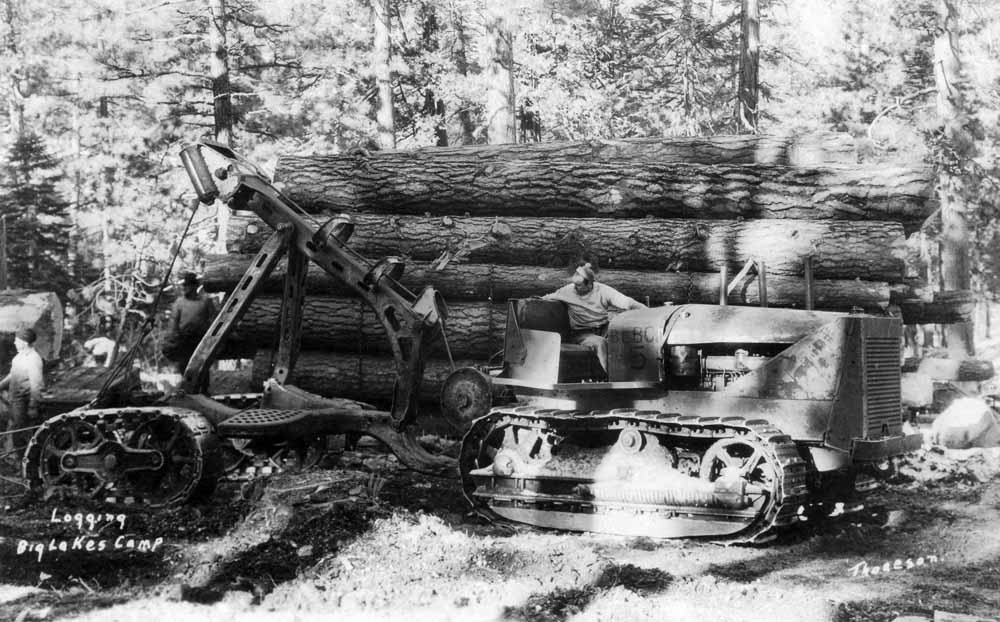 |
|
A Big Lakes Box Company diesel powered tractor skidding logs to a landing along one of the company's railroads. Jeff Moore collection.
|
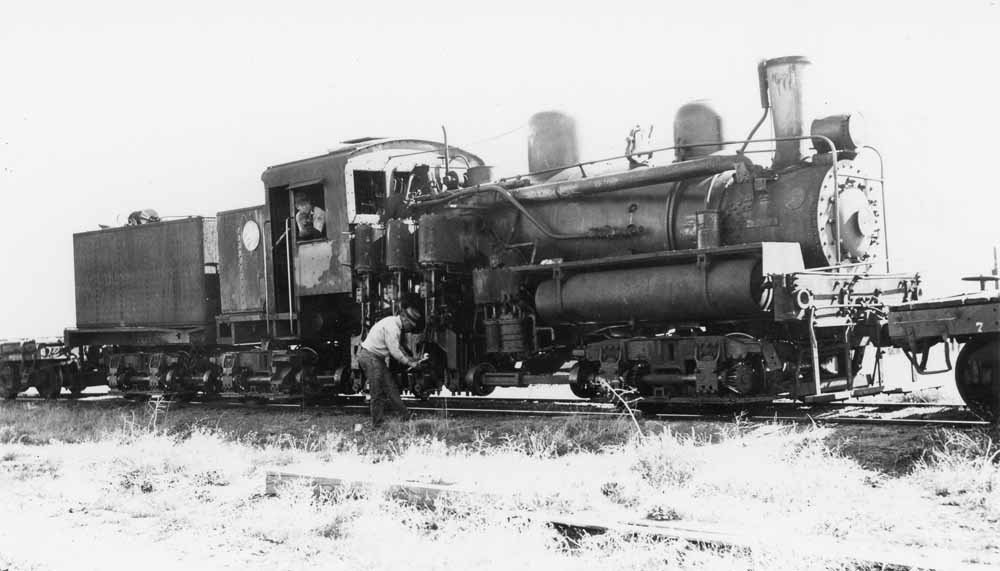 |
|
Big Lakes Box Company #104 at work in Canby, California, in 1939. D.S. Richter photo.
|
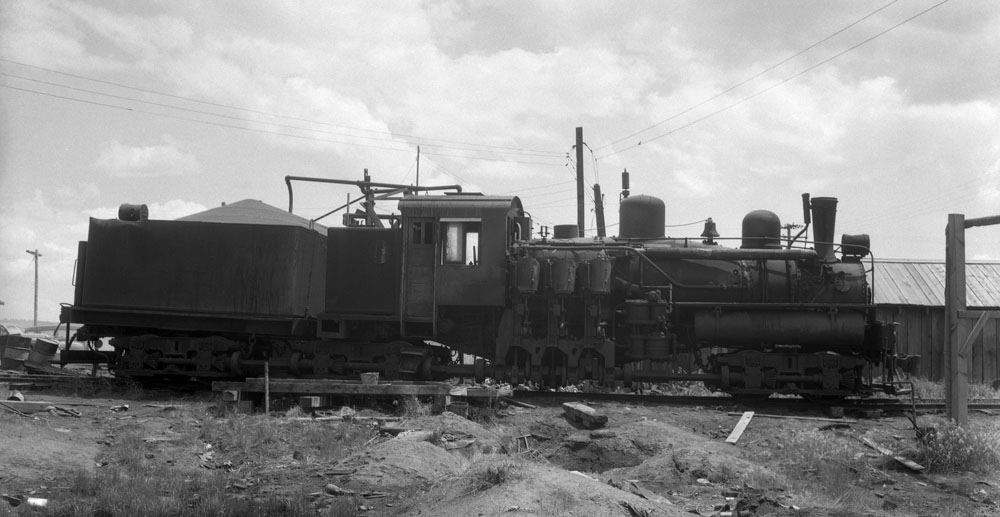 |
|
One last shot of the #104, by now working for the R.L. Smith Lumber Company, in Canby, California, on 8 June 1948, less than a year before being scrapped. Jeff Moore collection.
|
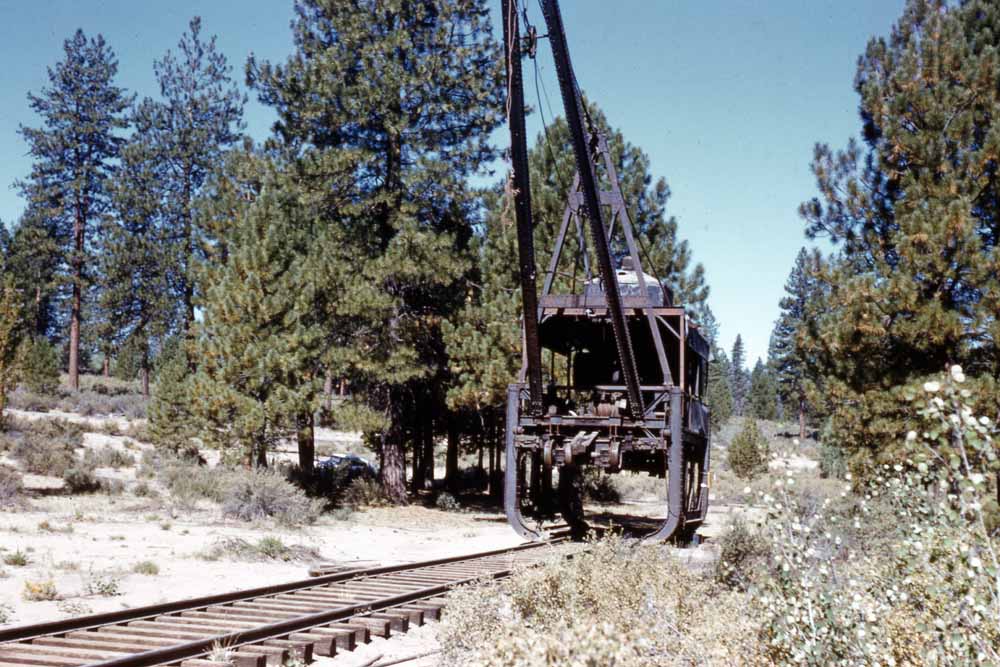 |
|
Perhaps the most visible remnant of the Big Lakes Box Company operations is their McGiffert loader, Clyde's construction number 1281, built new for
the company in 1926. Big Lakes sold it to Palmerton Lumber Company, who otherwise did not operate any logging railroads of its own, who in turn sold it to
Weyerhaeuser, where it remained in use until 1961. Weyerhaeuser donated the machine to the Collier Logging Museum in 1963, where it remains on display. It is seen
here shortly after being delivered to the museum.
|
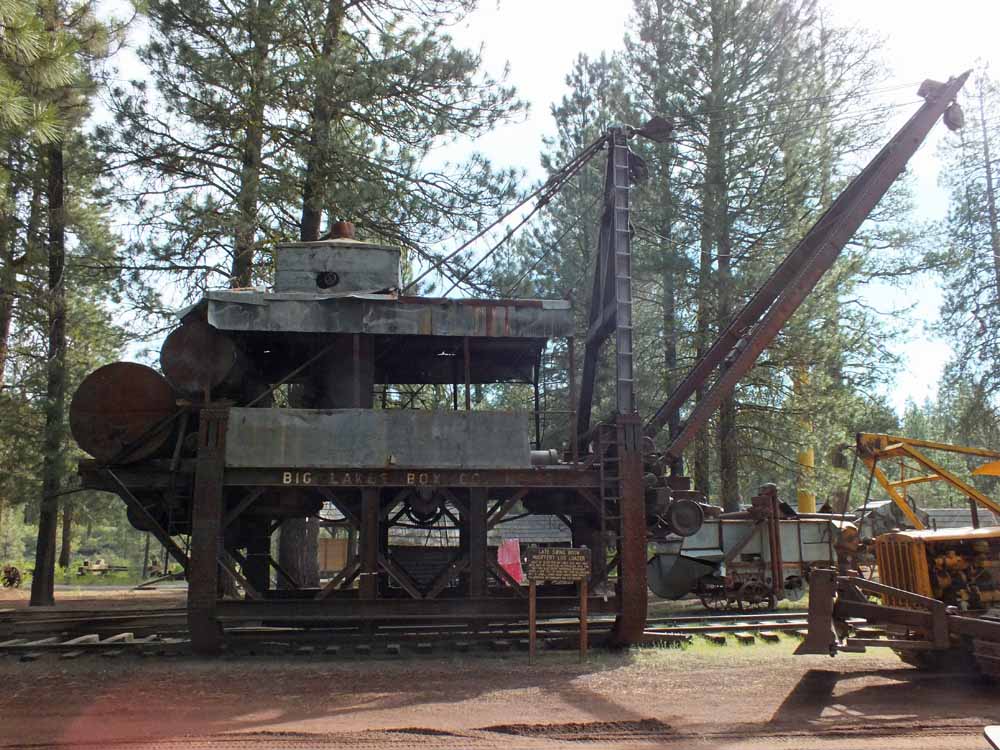 |
|
A more contemporary shot of the Big Lakes Box McGiffert loader.
|
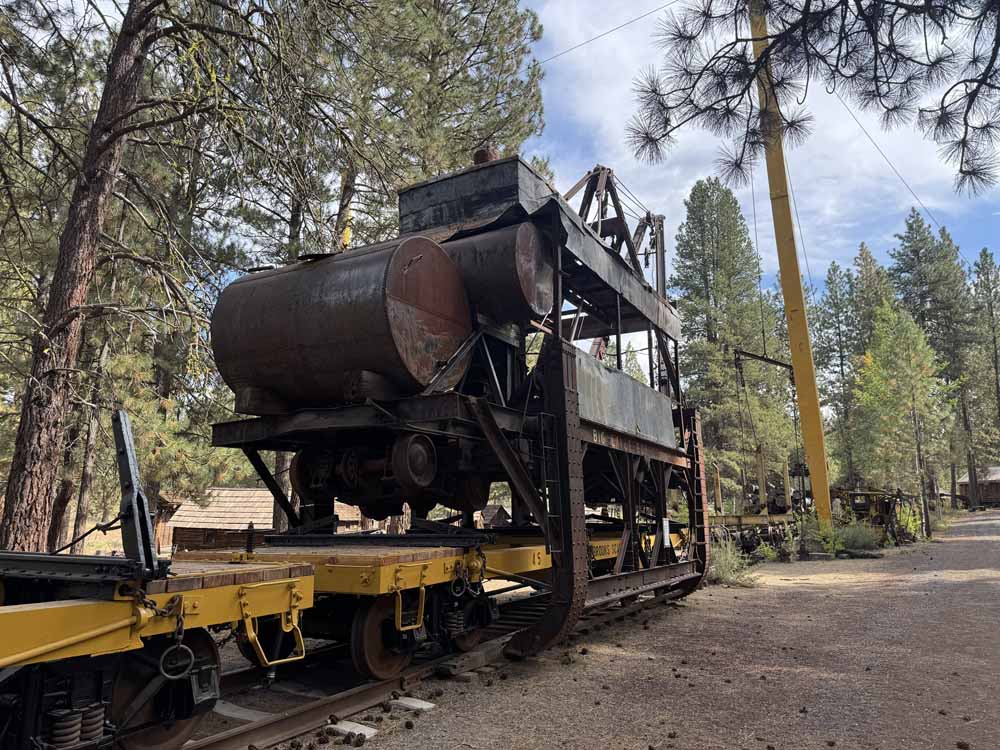 |
|
The former Big Lakes Box McGiffert loader in September 2025.
|
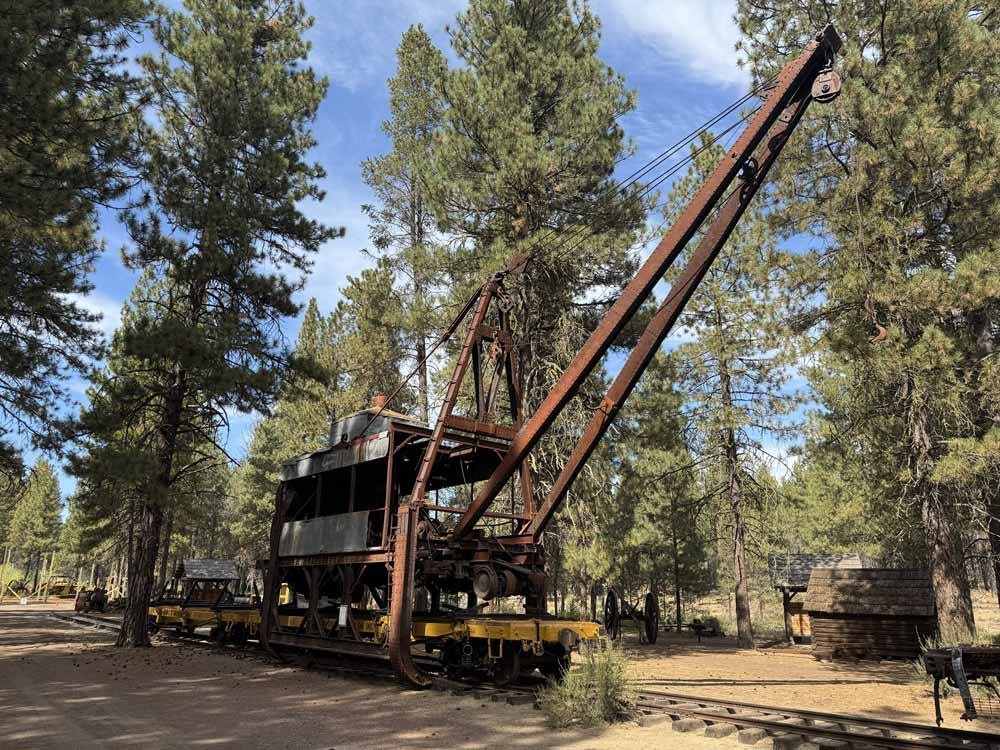 |
|
One last shot of the Big Lakes Box McGiffert loader in September 2025.
|
|
|